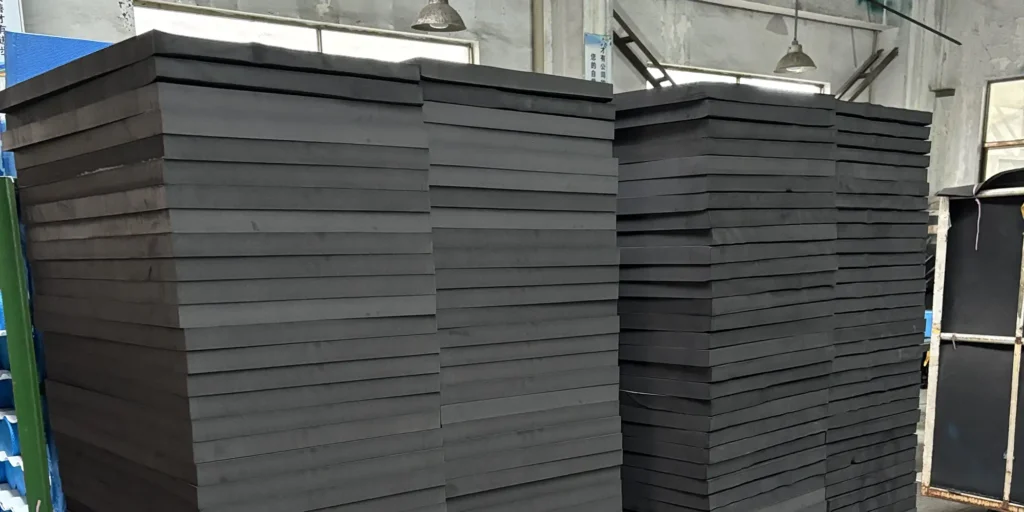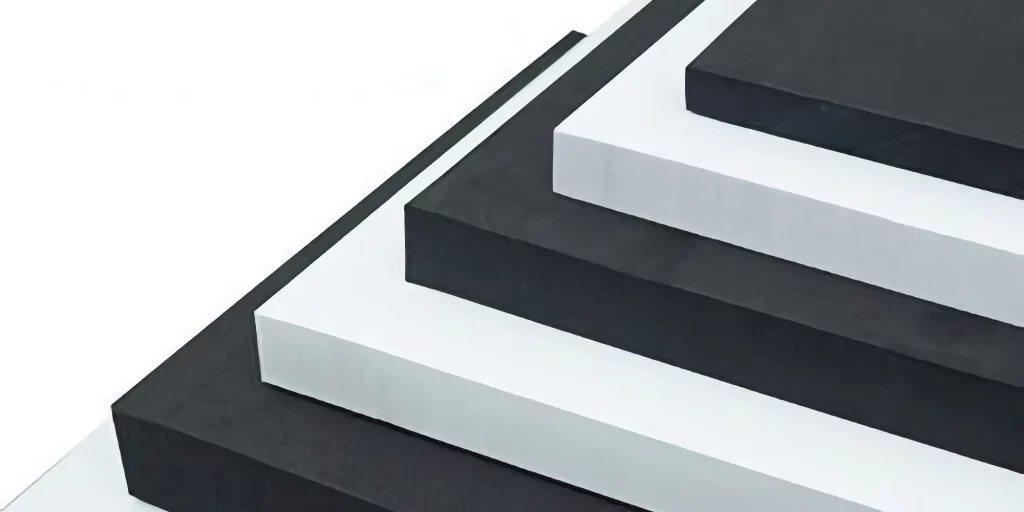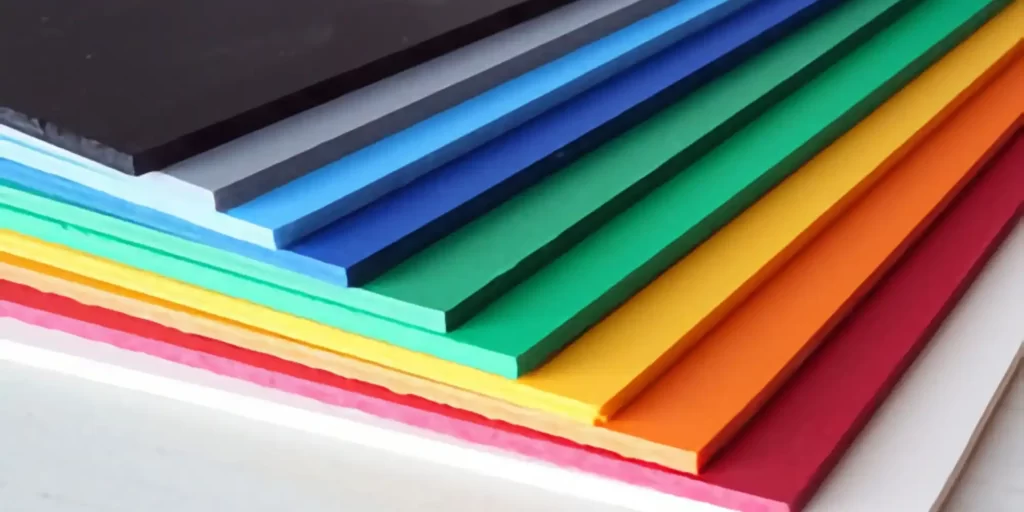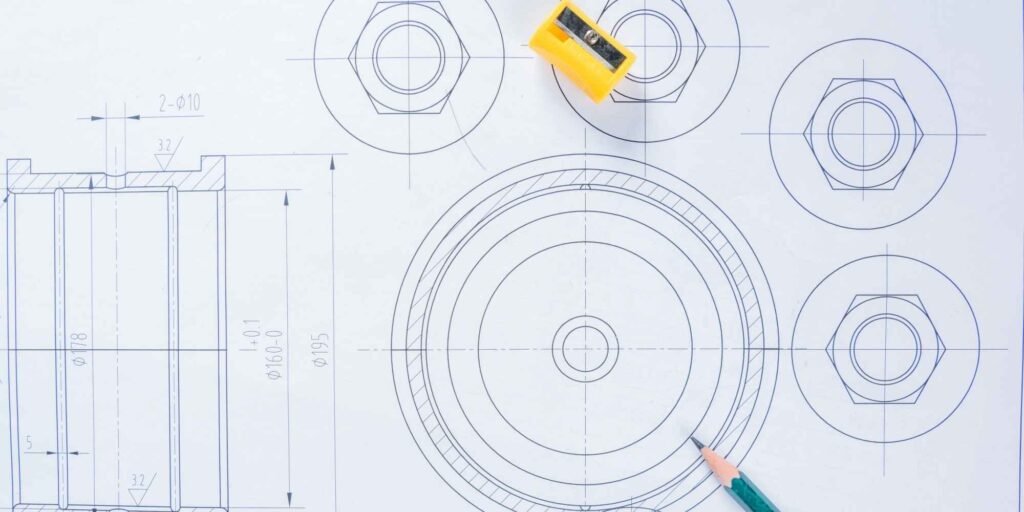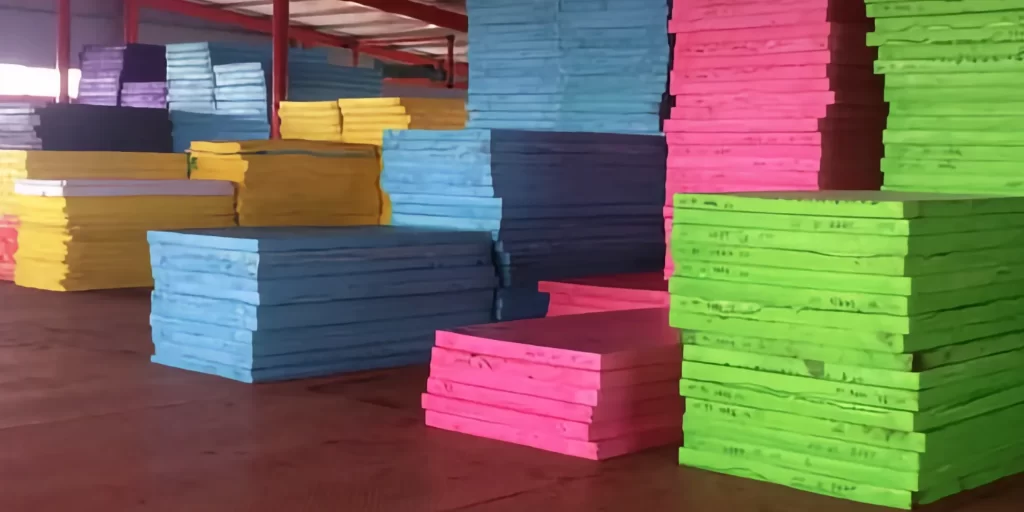Polyethylene (PE) foam materials exhibit distinct physical characteristics based on their expansion ratios, ultimately determining their industrial applications. High-expansion foaming (15-50x) utilizes pressurized gas injection to create cellular closed-cell structures ideal for protective packaging, while low-expansion foaming (3-8x) employs mechanical compression to produce dense acoustic insulation pads. This analysis examines the selection of physical blowing agents, mold design variations, and energy dissipation mechanisms across both processes, offering technical guidance for industrial material selection.
Core Principles & Technical Parameter Comparison
High-Expansion Foaming Process
- Temperature gradient: 160°C→135°C→120°C (±2°C precision)
- Blowing agent ratio: Butane/CO₂ mixture (7:3 volumetric)
- Typical applications: Athletic shoe midsoles (0.08g/cm³ density), impact-absorbing packaging
Low-Expansion Foaming Parameters
- Compression ratio: 2.5:1~4:1 (calendar roller gap 0.5-1.2mm)
- Cross-linking requirement: ≥75% (dimensional stability)
- Implementation: Automotive NVH systems, construction waterproofing gaskets
Process Selection Decision Tree
Application Scenario → Load Requirements → Forming Method → Budget Considerations
FAQ Section
Q1: How is PE foam expansion ratio defined?
The ratio of final product volume to raw pellet volume. High-expansion (>15x) features open-cell structures tested via ASTM D3574; low-expansion (<8x) requires ISO 845 apparent density measurement.
Q2: Physical vs. chemical blowing agent applications?
Chemical agents (e.g., AC) suit low-expansion continuous extrusion, while supercritical fluid (SCF) technology achieves >100x expansion for microcellular insulation.
Q3: Mold design’s impact on foam quality?
High-expansion molds require multi-stage pressure relief channels (USPTO #9,827,345B2) with 0.05mm surface polish; low-expansion molds utilize graduated thermal zones to prevent stress concentration.
Q4: Why does EV manufacturing prefer low-expansion PE?
Meets UL94 V-0 flame retardancy while maintaining 18% glass fiber reinforcement and TS16949 vibration endurance compliance.
Q5: Evaluating environmental resistance?
Key tests include:
- Hygrothermal cycling (85°C/85%RH, 1000h) dimensional stability
- UV-aged compression set (ASTM D395 Method B)
- Closed-cell retention after solvent exposure
WELLE Trade has over 20 years of experience in the production and processing of PE/EVA/TPE foams, so you may want to consult with them if you have any sourcing needs.
